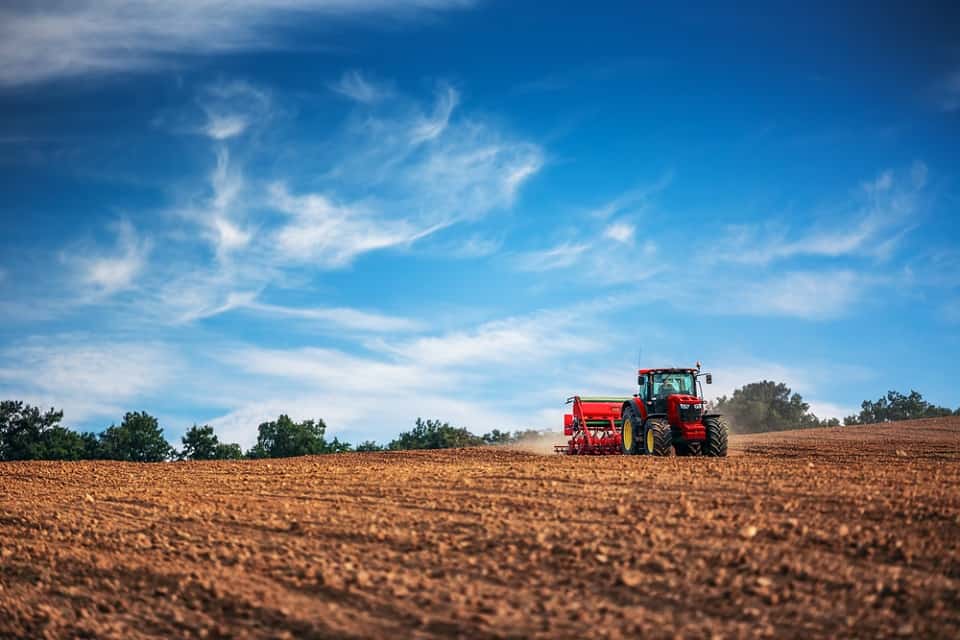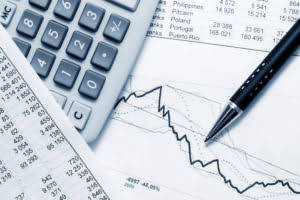Different Components of a Master Budget Busin
Also note, that we would be setting up the budgets in a...



This is the simplest and most straightforward method of depreciation. It splits an asset’s value equally over multiple years, meaning you pay the same amount for every year of the asset’s useful life. Depreciation is often misunderstood as a term for depreciating assets something simply losing value, or as a calculation performed for tax purposes. Depreciation is an important part of your business’s tax returns, but it is a complex concept.
Journal entries usually dated the last day of the accounting period to bring the balance sheet and income statement up to date on the accrual basis of accounting. This would include long term assets such as buildings and equipment used by a company. Plant assets (other than land) will be depreciated over their useful lives. Then the remaining number of useful years are divided by this sum and multiplied by 100 to get the depreciated rate for the particular year.

The depreciation charge for that period reflects the consumption of the asset’s service potential occurring while the asset is held (IAS 16.BC31). Such ‘idle’ periods typically occur just after the asset’s acquisition or development and just before its disposal. The useful life of an asset, over which depreciation occurs, is the duration for which an asset is expected to be available for use by the entity (IAS 16.6). The useful life should be specific to the entity and can be considerably shorter than the life span determined by others. It is dictated by the entity’s activity profile and its asset management policy (IAS 16.57). The useful life can also be represented by the estimated number of production ledger account units or similar outputs expected from the asset.

This transaction is a qualifying disposition, so Sankofa chooses to remove the three machines from the GAA and figure the gain, loss, or other deduction by taking into account their adjusted bases. If you dispose of GAA property in an abusive transaction, you must remove it from the GAA. The unadjusted depreciable basis and depreciation reserve of the GAA are not affected by the disposition of the machines. The depreciation allowance for the GAA in 2025 is $1,920 ($10,000 − $5,200) × 40% (0.40). The unadjusted depreciable basis and depreciation reserve of the GAA are not affected by the sale of the machine.
Keep reading to learn what depreciation is, how it is calculated and how your depreciation calculation can affect your business. Depreciation calculations determine the portion of an asset’s cost that can be deducted in a given year. Depending on the method Law Firm Accounts Receivable Management used, the amount may be the same every year. Or, it may be larger in earlier years and decline annually over the life of the asset. A company estimates an asset’s useful life and salvage value (scrap value) at the end of its life.

Also note, that we would be setting up the budgets in a...
Generally speaking, catering costs can range anywhere f...